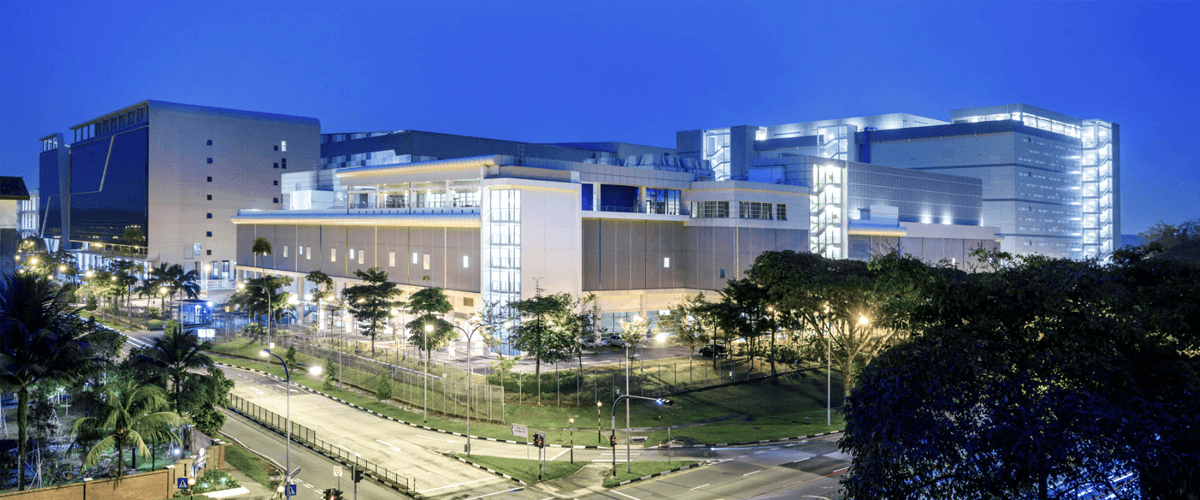About This Project
Nestled in the heart of Southeast Asia, a monumental project emerges – a $1.4 billion data centre in Singapore that defies the conventional.
Spanning 11 floors with a sprawling 170,000 square metres of space and energised by a formidable 150MW of power, it not only stands as the tallest data centre in the region but also claims the title of the world’s largest multi-storey data centre.
This architectural marvel represents the pinnacle of innovation, setting a new benchmark as the largest single data centre in Singapore.
The Challenge
Embarking on this ambitious journey, the project was envisioned as a beacon of technological advancement, housing the equivalent of five data centres within a singular building.
This concept, though brilliant, was not without its hurdles.
The construction blueprint was unique – a bottom-up approach for the structure, countered by a top-down strategy for internal fit-outs, a methodology that demanded meticulous planning and execution.
The unforeseen arrival of COVID-19 posed additional challenges, introducing delays and necessitating swift adaptations to ensure continuity.
The scale of construction was vast, encompassing intricate underground works and thousands of interfacing points that required extensive testing and commissioning.
Each step was a dance of complexity, aiming to orchestrate one of the world’s most critical infrastructures amid a global pandemic.
The Active Fire Solution
A state-of-the-art solution was deployed, orchestrating a symphony of advanced technologies including aspirating smoke detection, corrosion detection systems, and N2 generation for inert pre-action systems, ensuring unparalleled safety.
A centralised air compressor and an automatic flow test system (Zone Cheque) were implemented alongside a 100% Design for Manufacture and Assembly (DfMA) integrated module.
This innovative approach not only streamlined the installation process but also embedded the fire alarm system within the core of the building’s safety protocols.
The Result
The project achieved a staggering 30% reduction in costs by harnessing DfMA practises, cutting down on material waste and optimising processes.
The construction timeline was accelerated by 60%, a testament to the seamless coordination and rapid plug-and-play installation capabilities that were developed.
Quality assurance soared, with errors and rework plummeting by 95%, underlining the project’s commitment to excellence.
Environmental impact was significantly mitigated, with a 30% reduction, showcasing a responsible approach to construction.
The initiative also championed sustainability, eliminating waste through urban mining and recycling efforts.
Long-term maintenance expenses saw a 40% decrease, thanks to durable component designs, while system reliability improved by 60%, ensuring fewer failures and disruptions.
The project’s adaptability and scalability were enhanced by 80%, paving the way for future expansions with minimal rework.
With the project’s faster delivery and higher-quality outcomes, customer satisfaction increased by 90%.


